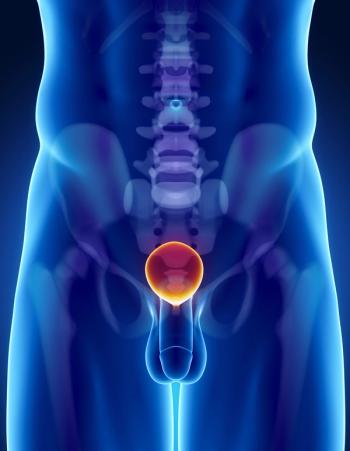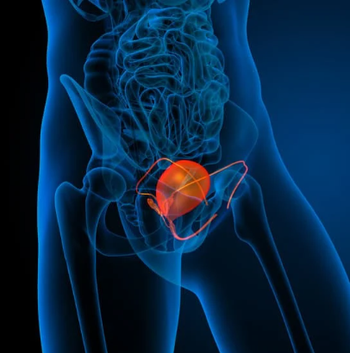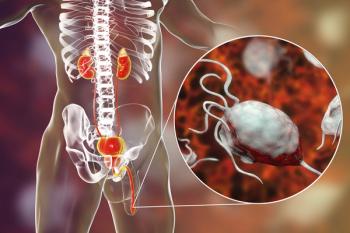
- ONCOLOGY Vol 9 No 10
- Volume 9
- Issue 10
Details of a New Prostate Trial
RTOG 94-13 is a phase III study designed to determine the appropriatetreatment volume and the optimal way to combine radiation and
RTOG 94-13 is a phase III study designed to determine the appropriatetreatment volume and the optimal way to combine radiation andtotal androgen suppression for prostate cancer patients who areat greater risk of local/systemic failure.
Patients who have localized adenocarcinoma of the prostate andhave an elevated prostate-specific antigen (PSA) level are eligiblefor the trial, reports Mack Roach, MD, chair of the study. Theaccrual goal is 1,200 patients.
Patients are being randomized to one of four arms:
- Patients in arm 1 of the study will receive flutamide (Eulexin),two 125-mg capsules three times a day, and goserelin acetate (Zoladex),monthly for 4 months, beginning 2 months before radiation therapyand continuing until radiation therapy is completed. Radiationtreatments include whole pelvis irradiation (to 50.4 Gy) followedby a 19.8-Gy boost to the prostate, to a total dose of 70.2 Gy.
- Patients in arm 2 of the study will receive the same drugtherapy as patients in arm 1. However, they will receive radiationtherapy to the prostate only (to a total dose of 70.2 Gy).
- Patients in arm 3 will undergo whole pelvis irradiation followedby a boost to the prostate.
- Patients in arm 4 will be treated with radiation therapy tothe prostate only.
In both arms 3 and 4, flutamide and goserelin are being givenfor 4 months once radiation therapy is completed.
"This study allows us to answer the critical question ofwhether whole pelvis irradiation plus a boost improves the progressionfree-survival of these patients," says Dr. Roach.
"It also allows us to test the hypothesis that flutamideand Zoladex are more effective if they are administered beforeand during radiation therapy rather than after radiation treatments,"he adds.
Articles in this issue
about 30 years ago
Management of Congenital Vascular Lesions of the Head and Neckabout 30 years ago
BCG Immunotherapy for Transitional-Cell Carcinoma in Situ of the BladderNewsletter
Stay up to date on recent advances in the multidisciplinary approach to cancer.

















































































